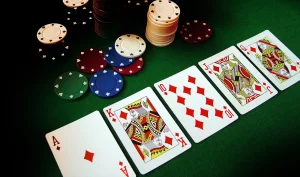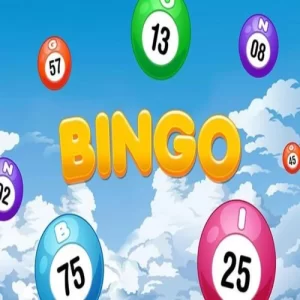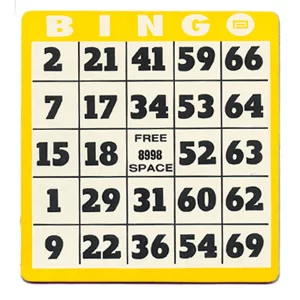The Art of Reading Poker Tells

Skilled poker players know the value of reading tells when playing to gain an edge against opponents. From involuntary physical movements like shaking hands to betting patterns, understanding your opponent is the key to more frequent victories.
Reading tells requires keen observation and an in-depth knowledge of human psychology, which this book can assist with by giving you tools to refine your abilities at reading tells and making more informed decisions on the poker table.
Observation
Mastering the art of reading tells is essential in making better strategic decisions at the poker table. These nonverbal cues serve as key indicators of an opponent’s hand strength and may help increase your wins. Some common physical tells include trembling hands, fidgeting, changes in breathing patterns as well as betting patterns and eye movements – among many others.
Reading tells can be challenging, but they can be learned with practice. To start off, observe your friends during casual home games – pay particular attention when they flick their chips when bluffing or stack them tightly when playing tight – you will quickly see a pattern emerge that allows you to predict their hand strength.
Keep in mind, however, that certain players may consciously try to conceal their tells by acting weak when they have strong hands and vice versa – thus only using tells as an additional skill rather than as a primary strategy for success.
Adaptation
As the game continues, players adjust to changing circumstances by altering their behavior and betting patterns accordingly. Recognizing such changes enables you to adapt your strategy appropriately while taking advantage of opponent tendencies.
As an example, players who hesitant before acting may be trying to conceal weak hands. Eye contact can provide another telltale sign; also notable is how timing plays a key role – quick actions could signal strength while extended delays could indicate uncertainty or strategic planning for bluffs.
Tells of adrenaline levels may include pulsing neck veins, dilated pupils and heavy breathing; all telltale signs when players become invested in an outcome of a hand and can increase when players stake more money on each hand played in tournaments with higher stakes. Experienced players are adept at recognizing such tells as early warning signals.
Betting
Keep an eye on their eyes, mouth, hands and betting patterns to gain more information about the strength of their hand – this can provide insight into whether they have one. However, tells aren’t foolproof and experienced players could still fake them out!
An example would be someone who bets large amounts after several rounds of small bets is likely holding a strong hand, while someone who handles their chips more frequently may have weak ones.
Keeping an eye out for subtle signs can help you make smarter decisions in poker. While tells may not help every hand, they can dramatically increase your odds in the long run and help create more consistent playing habits and prevent costly errors. Not only useful during live games but also online poker tournaments – in this article we will outline common tells and demonstrate their effects.
Detecting tells
Poker tells are behavioral indicators that can indicate the strength of an opponent’s hand. Tells can be found in body language, table talk or chip movements of an opponent; however it is important to keep in mind that different players have unique tells and that even reliable tells can sometimes mislead you; therefore it is wise to know your opponent and observe for any changes from their normal patterns of behavior.
One classic poker tell is when a player rubs their hands or covers their mouth during a betting round, often signalling they have a strong hand that they want to conceal from observers. Another reliable signal comes when someone quickly glances at their chips before quickly looking away – typically signalling they want to bet – although experienced opponents can sometimes display reverse tells as well – it’s essential that you can distinguish these fake tells from actual ones in order to improve your poker game!








